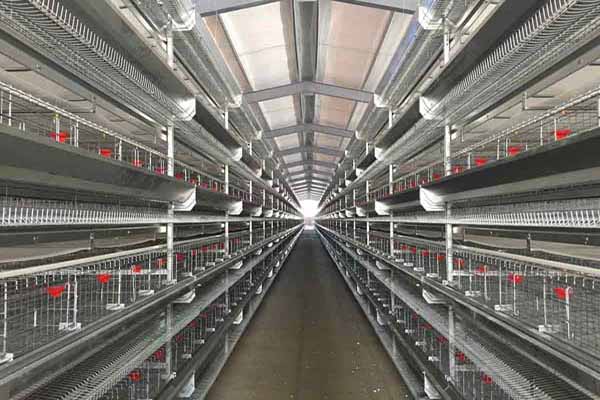Uganda Chicken Farm Automation: Enhancing Chick Hatching with Advanced Equipment
Time : 2025-06-24
The poultry industry in Uganda has witnessed significant growth in recent years. With the increasing demand for chicken meat and eggs, farms are looking for ways to improve efficiency and productivity. One of the key areas where technology has made a considerable impact is in chick hatching. Automation of chicken farm processes, especially in the chick hatching phase, has revolutionized the way farmers manage their flocks. This article explores the integration of advanced chick hatching equipment in Uganda’s chicken farms, focusing on the benefits and the role of technology in enhancing the process.
The Evolution of Chick Hatching in Uganda
Chick hatching in Uganda, like in many developing countries, has traditionally been a manual process. Farmers relied on natural incubation methods using eggs stored in warm and humid environments, often leading to inconsistent hatching rates and mortality. However, with advancements in technology, the industry has shifted towards automation, making the process more efficient and reliable.
Understanding Chick Hatching Equipment
Chick hatching equipment refers to the machinery and systems designed to provide optimal conditions for eggs to develop into healthy chicks. These equipment range from incubators and hatchers to egg setters and graders. Each piece plays a crucial role in the hatching process, ensuring the highest survival rate and the healthiest chicks possible.
- Incubators: These are temperature-controlled environments where eggs are kept for a specific period. They maintain the ideal conditions for the embryo development, such as constant temperature, humidity, and CO2 levels.
- Hatchers: After the incubation period, the eggs are transferred to hatchers. These units continue to maintain the necessary environment but also have features for removing the shell and drying the chicks.
- Egg Setters: This equipment arranges eggs in trays and ensures that they are rotated at specific intervals. This process is essential for proper development and reducing the risk of embryonic mortality.
- Graders: Once hatched, the chicks are graded to separate them based on weight, size, and health. This is crucial for subsequent management and feeding programs.
Automation in Chick Hatching: The Uganda Experience
In Uganda, automation of the chick hatching process has become increasingly popular. Farmers are realizing the benefits of advanced equipment in improving the overall efficiency and profitability of their operations. Let’s delve into some of the key advantages:
Improved Hatching Rates
By maintaining optimal incubation conditions, automated systems significantly increase hatching rates. Advanced incubators and hatchers can monitor and adjust temperature, humidity, and CO2 levels in real-time, ensuring that eggs develop correctly. This leads to higher survival rates and more chicks per batch.
Healthier Chicks
The controlled environment provided by automated equipment reduces the risk of disease and other health issues that can occur in traditional settings. Healthy chicks are more likely to grow and thrive, leading to better overall farm performance.
Reduced Labor Costs
Manual hatching requires a considerable amount of labor, including constant monitoring and handling of eggs. Automation reduces the need for these labor-intensive tasks, allowing farmers to focus on other aspects of their farm operations. This not only saves time but also reduces labor costs.
Energy Efficiency
Modern chick hatching equipment is designed to be energy-efficient, consuming less electricity than older models. This is particularly beneficial in regions like Uganda, where energy costs can be a significant factor in farm profitability.
The Role of Technology in Chick Hatching
The integration of technology in chick hatching has paved the way for more precise control and management of the process. Here are some key technological advancements:
- Remote Monitoring: Many modern incubators and hatchers can be monitored and controlled remotely via smartphones or computers. This allows farmers to check the status of their equipment and make adjustments from anywhere.
- AI and Data Analytics: Advanced systems use AI and data analytics to predict and prevent potential issues in the hatching process. This proactive approach helps ensure the highest success rate.
- Customization: Modern equipment can be customized to fit the specific needs of different farm sizes and operations, ensuring optimal performance and efficiency.
Conclusion
The automation of chick hatching in Uganda has transformed the poultry industry, providing farmers with a more efficient and reliable way to produce healthy chicks. As technology continues to evolve, it is likely that further advancements in chick hatching equipment will further enhance the productivity and profitability of chicken farms in Uganda and beyond.
Tags












